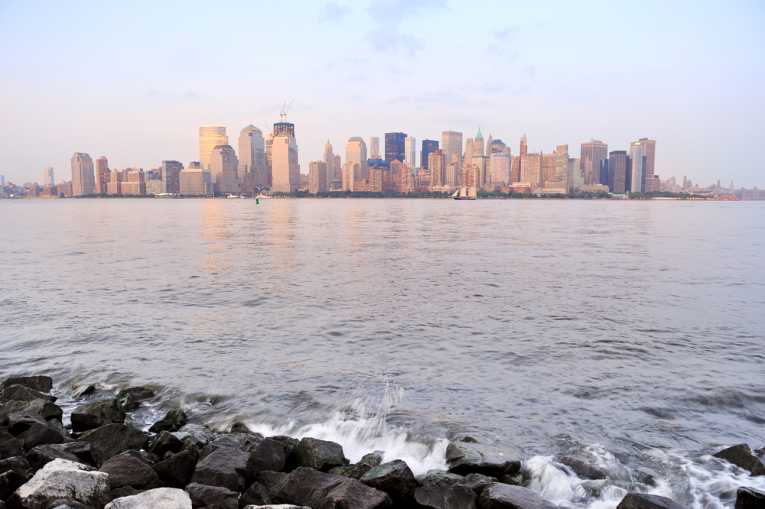The Hudson River, an iconic feature on the New York landscape, flowing for miles from the northern mountains to the Atlantic mouth, was once glorious and unblemished, but has been a dumping ground for human waste and effluent from as far back as the 1900s; when cities sprang up and with them factories.
At a linear flow path of 507 km (315 miles) with a vast basin of 36 260 km2 (14 000 square miles), the Hudson River made its mark as a vital transportation route for the early European settlers in the 17th Century. The River has had to endure almost 200 years of human garbage, chemicals and sewage. "Seas of floating garbage were reported in the early 1900s within 15 miles of Manhattan. As late as the 1960s, the 20-30 miles below the Troy dam was described as coated in sewage fungus, floating oil, dead animal parts, completely lacking oxygen and fish in summer months, and reeking of sulfide (CIES)."
One of the main pollutants in the Hudson River is Polychlorinated biphenyls (PCBs), which was used in a number of industrial processes, and eventually banned by the US in 1977. PCBs are a known carcinogen together with its horrific impacts to foetal development and neurological functioning, with a lasting transmittal effect in the food chain, being passed on via fish.
PCBs, like many bioaccumulating chemicals, continue past the life-cycle of any one organism and are able to be stored in fatty tissues, and so the cycle of contamination spreads. In addition, the PCBs store themselves in the sediments, having a lasting impact on the ecology.

Source: NY Dept Environmental Conservation
After decades of environmental lobbying, success was achieved when the EPA in 2002 issued a directive to the PCB protagonist, General Electric (GE), to remove PCBs from the Hudson River. For more than two decades, GE dumped an estimate 1.3 million pounds of PCBs into the Hudson River from two of its plants. Two hundred miles (322 km) of the river was declared as a Superfund site in 1984. The Environment Superfund was signed as early as 1980s as a way to reduce toxic waste pollution, and assign a 'polluter pays' status to such damage. It has taken almost two decades for such a directive to be issued. According to the US EPA, Phase 1 of the project was conducted by GE with oversight by EPA from May to November 2009. During this phase, approximately 283,000 cubic yards of PCB-contaminated sediment was removed from a six-mile stretch of the Upper Hudson River near Fort Edward, NY. Phase 2 of the cleanup started in June 2011, with a timeframe of 5-7 years to remove the remainder of the contaminated sediments.
High on the list of water quality monitoring of the Hudson River are extreme toxins such as mercury, cadmium and strontium-90. All three arising from industrial processes or medicinal devices or batteries (older ones contained mercury or cadmium) and having lasting food-chain bioaccumulation impacts. Strontium-90 arises from nuclear energy generation at the site of the Indian Point Nuclear Plant. Other pollution discharges into the waterways range from heavy metals, pesticides, urban runoff and sewage. Combined Sewage Overflows (CSOs) feature as a significant problem too, with a least 460 CSO outfalls (RiverKeepers, 2011) in New York City discharging billions of gallons of sewage into the riverine system.
Since the 1960's constant and vigilant efforts by citizens through organisations like the Clearwater organisation and the Riverkeeper have worked tirelessly to protect the integrity of drinking water resources and the biodiversity along the length and breadth of the Hudson River. While the floodplains, riverine system and tidal estuary have been decimated over decades, enforcement and monitoring by government and watch-dog citizens are necessary in remediating the damage to the river. Redesign of cities even incrementally is necessary in rectifying irresponsible planning and toxic production decisions.










